Plant ID ( banana or yucca or ?) and how to "tame the beast"
B M
7 years ago
Featured Answer
Sort by:Oldest
Comments (6)
isde02(zone5b)
7 years agoB M
7 years agoRelated Discussions
Need help ID'ing this banana plant :)
Comments (1)A better description of the plant would help more than anything I believe! How tall is the trunk? They look short and squat with big leaves to me, is that accurate? What about color? All green all over? I think I might see red on the trunk, peel down an old leaf or two and look at a fresh unwithed leaf, trunk color tells alot. I don't see any pups, not good for the future if so... I'm not good at IDing bananas yet, I'm pretty new to them really, but the devil is in the details......See MoreHow to plant a banana plant bulb
Comments (2)Great. That's good to hear. I am keeping it inside, where the temps range from 60 at night to 70+ during the day. Do you think it will start growing now (in December) if I keep it inside? So the white powder doesn't concern you?...See MoreFinally remembered to ask... IS this a Yucca Plant ?
Comments (13)Tony, what great plants. I looked for this plant for about two years before I found one. Mine is a single about the size of yours, and I planted it in the ground in an almost full sun area that receives no irrigation. It is my succulent area. I never water or fertilize it and it has done well. However, it has only been there about 6 months. It is liking the slightly cooler weather and is now putting out more foliage than before. I think these are much more common in California, where they grow tall and branch out quite a bit. I am hoping for that too, although the rosette is rather pretty. I also have a tiny one in a pot which is doing fine. In spring I may plant it in the ground. Yours are beautiful. Definite focal points. Anna...See Moreneedle question and yucca ID
Comments (2)I dont think you will have a problem digging up the needle palm because you have a lot of room to make sure you dig as far out from the rootball as possible. Try not to damage any roots because root damage will set it back, but they will recover from root damage. Might take 2 years to fully establish (just like if it was newly planted) after that it should grow fast! Nice yucca! Not sure of the species, but it looks great. Almost reminds me of a ponytail palm! -Alex...See MoreB M
7 years agogoldstar135
7 years agoB M
7 years agolast modified: 7 years ago
Related Stories
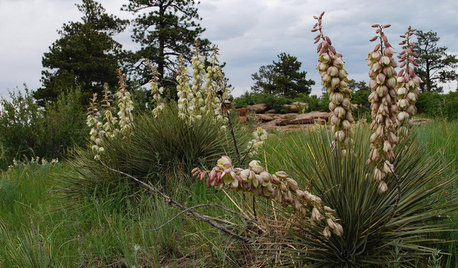
GARDENING GUIDESGreat Design Plant: Yucca Glauca
Soapweed yucca's pale green leaves brighten the winter garden and add sculptural interest year-round
Full Story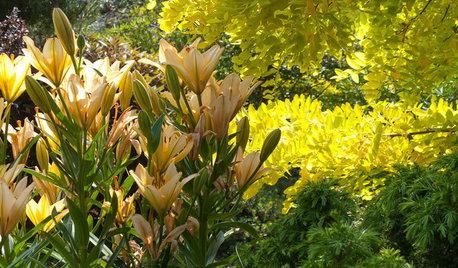
GARDENING GUIDESGreat Garden Combo: 3 Wonderful Plants for a Deer-Resistant Screen
Protect your privacy and keep deer at bay with a planting trio that turns a problem garden area into a highlight
Full Story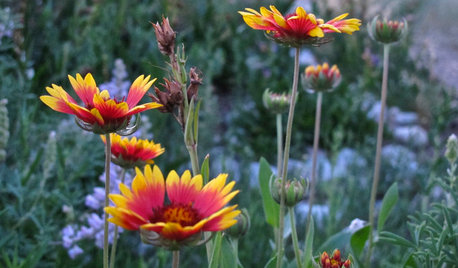
GARDENING GUIDESThese Hummingbird-Attracting Native Plants May Surprise You
These flowers, vines and shrubs offer shelter and food supplies that keep hummingbirds around longer
Full Story
HOUSEPLANTS10 Top Plants to Grow Indoors
Brighten a room and clean the air with a houseplant that cascades artfully, stretches toward the ceiling or looks great on a wall
Full Story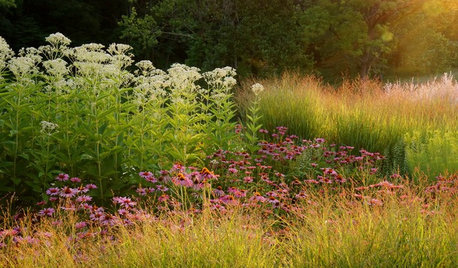
GARDENING FOR BUTTERFLIESGarden for Wildlife to Reap Rich Rewards
When you plant with animals and insects in mind, you make gardening easier, the planet healthier and yourself more present
Full Story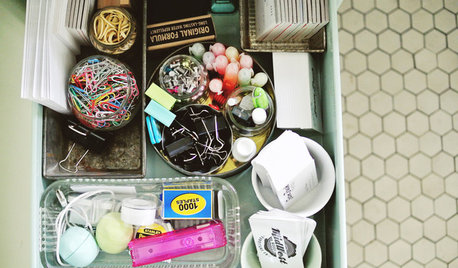
MOST POPULAR8 Ways to Get a Handle on the Junk Drawer
Don’t sweat the small stuff — give it a few drawers of its own, sorted by type or task
Full Story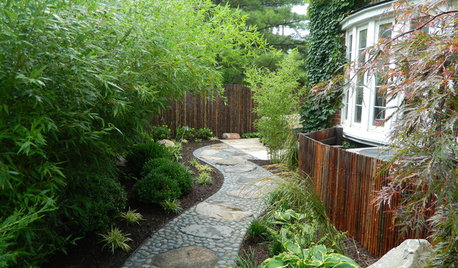
GARDENING AND LANDSCAPINGGrow a Lush Privacy Screen
No need to wait forever for patio privacy the green way. These 10 ideas will get your screening up and running in no time
Full Story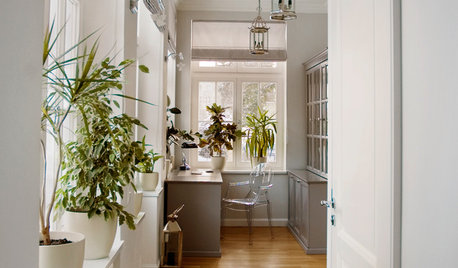
HOUSEPLANTSHow to Create an Indoor Landscape
Apply principles and elements of design to help your indoor garden flourish
Full Story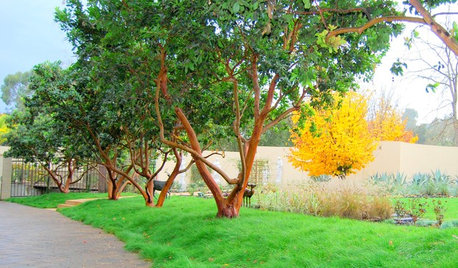
GARDENING GUIDESGarden Myths to Debunk as You Dig This Fall and Rest Over Winter
Termites hate wood mulch, don’t amend soil for trees, avoid gravel in planters — and more nuggets of garden wisdom
Full Story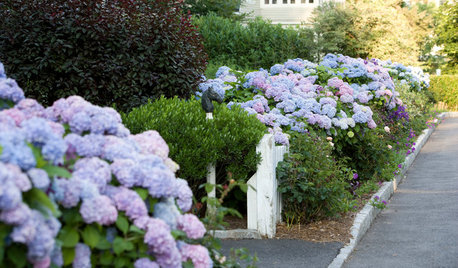
FLOWERSWhy You Should Give Hydrangeas a Place in Your Yard
The exuberant mop-headed beauties evoke dreams of an endless summer by the sea
Full Story


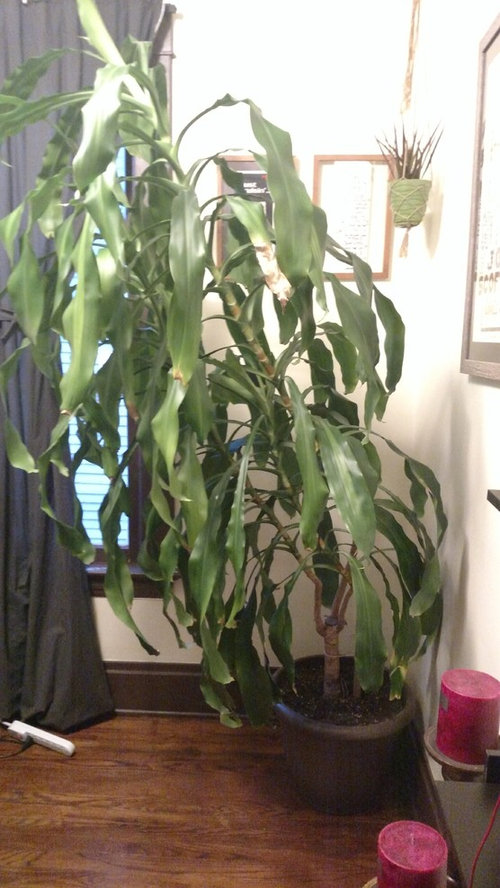
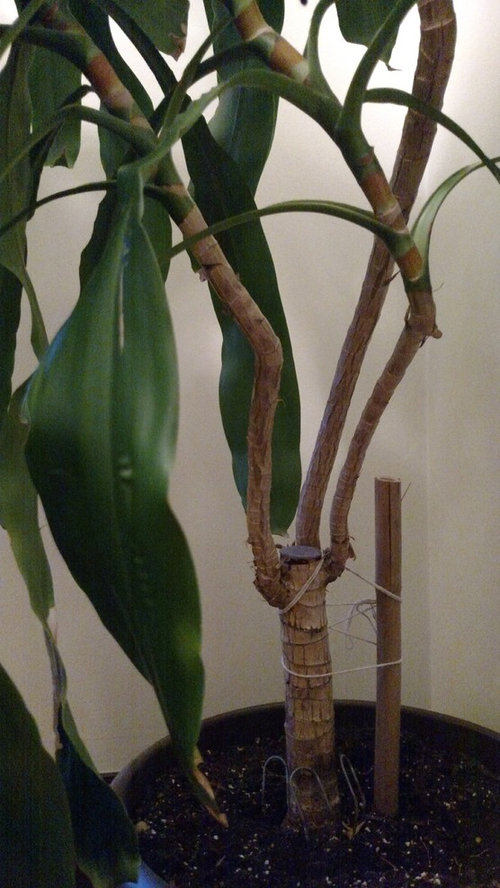
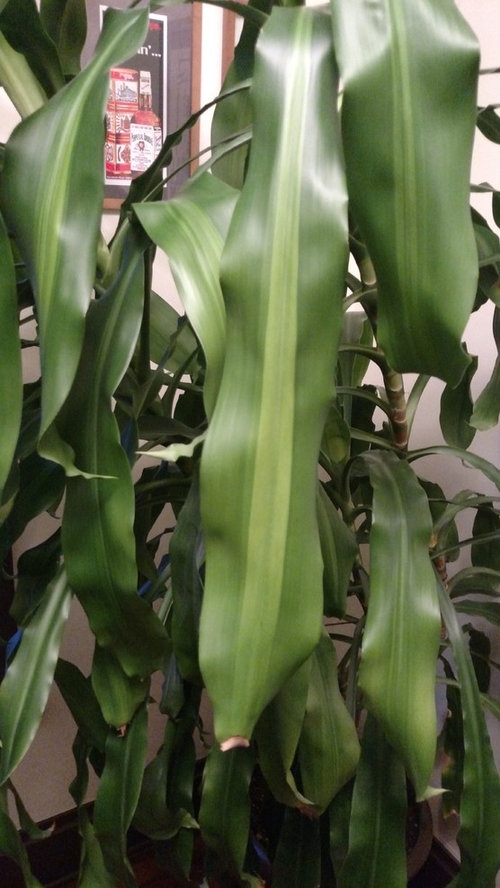
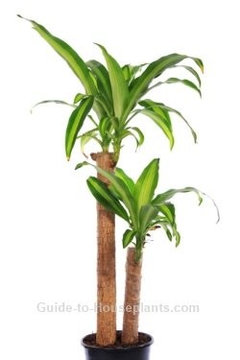

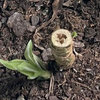

User